 Years ago, when I was a child in Sunday School, we used to sing a song when the offering was taken up. The song was Dropping Pennies, and it went like this:
Years ago, when I was a child in Sunday School, we used to sing a song when the offering was taken up. The song was Dropping Pennies, and it went like this:
Hear the pennies dropping
Listen while they fall.
Every one for Jesus
He shall have them all.
Chorus:
Dropping, dropping, dropping, dropping
Hear the pennies fall.
Every one for Jesus
He shall have them all.
This is a catchy little song and it was the perfect offering song as we dropped our pennies to a little metal bank that was shaped like a church. We enjoyed hearing the coins as they hit the bottom of the bank. Kids often like to make noise during the church service. Adults, not so much.
Recently I was reminded of an incident that took place at a Lenten service several years ago. We have two churches in our parish, Zion and St. Paul, and each takes their turn hosting joint services. I attend Zion and this event occurred at St. Paul.
I was sitting by Mary Anne that evening awhile back and our husbands were seated on either side of us. We happened to be sitting toward the front of the church, not in the back rows where Lutherans usually sit. Somehow, as Mary Anne passed the heavy metal offering plate to me, the plate got away from us and fell to the floor. It made a very loud clang and I think the fall may have even dented the plate. It was sort of like watching an accident happen–we knew what was happening and it seemed to be happening in slow motion, but there was nothing we could do to stop it at that point. Of course the change that was in the plate went rolling in all directions.
Once we had everyone’s attention, the scattered offering needed to be picked up so the offering plate could start moving down the pew again. Our husbands seemed very eager to help. It was amazing how quickly they bent down to help pick up the offering. However, Joe seemed to be down there a little longer than was probably necessary. Perhaps he was trying to hide. Mary Anne’s husband mumbled that in all his years he had never seen anyone drop an offering plate.
I have heard other items dropped during church services, primarily hymnals. They tend to make a loud thud, a sound which does not even come close to the sound of a metal offering plate hitting the floor. Sound will also depend on the type of flooring in the church. Did I mention that St. Paul has hardwood floors? Sound carries and resonates on hardwood. We have carpet under the pews at Zion and had the offering plate fell there it probably would have just made a thump. Yes, carpet in a church can be a good thing.
I believe that successful plate passing can be compared to passing the baton while running a relay race. Practice and skill are required. In my defense, I do not get much practice passing an offering plate. This is a skill I have not learned because I am the organist at Zion and I am busy playing an offertory while the offering plates are passed around. I guess my skills are elsewhere.
Our husbands do not let Mary Anne and I sit side by side anymore. At a recent service at St. Paul, Mary Anne was sitting in the pew in front of me. She turned and gave me a little grin as the ushers came down the aisle with the offering plates. I knew that she was remembering our little incident. Mary Anne slowly and efficiently passed the plate to her husband but I refrained from even trying to take hold of it. I let Joe reach over the back of the pew for it. The plate made it safely and quietly to our pew and then Joe passed it on down.
But, a few moments later there was a crash from behind us. Had someone behind us dropped the offering plate yet again? Another plate drop would make Mary Anne and I look less inept. After all, this could happen to anyone. But the sound was not the same. It was not the same loud metallic sound we had produced. I looked to the back of the church and I saw that one of the ushers had knocked over a ceramic mug full of pencils. Yes, it attracted some attention, but not as much as we once did.
Hear the pennies dropping, listen as they fall… Mary Anne and I hope not any time soon.




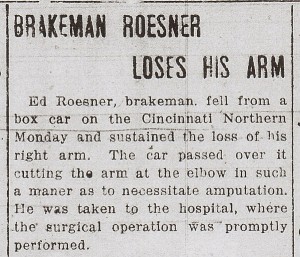
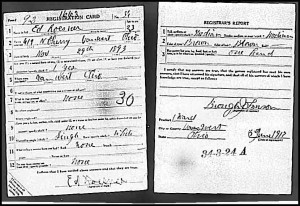
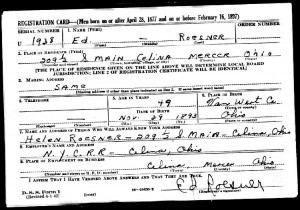
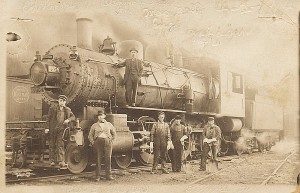
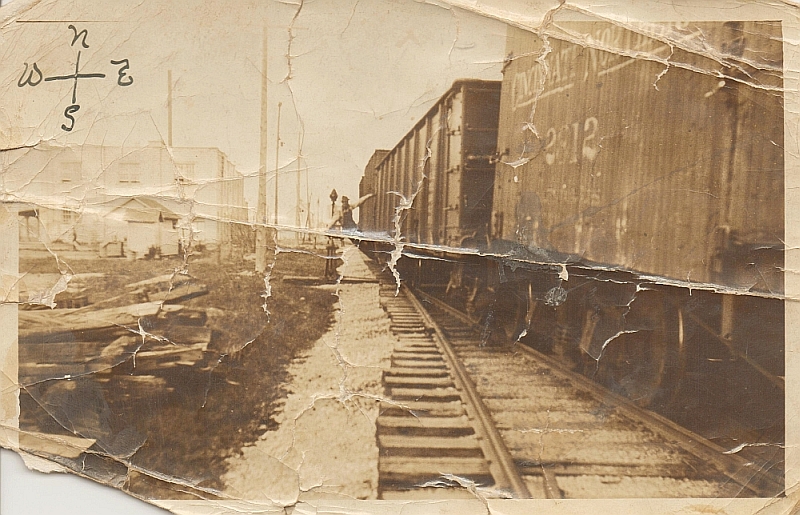
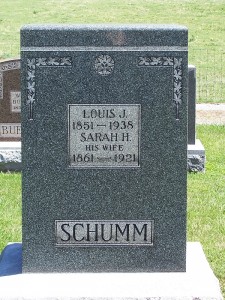
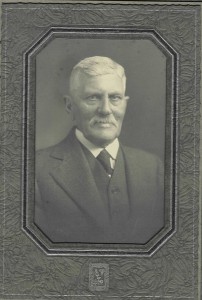

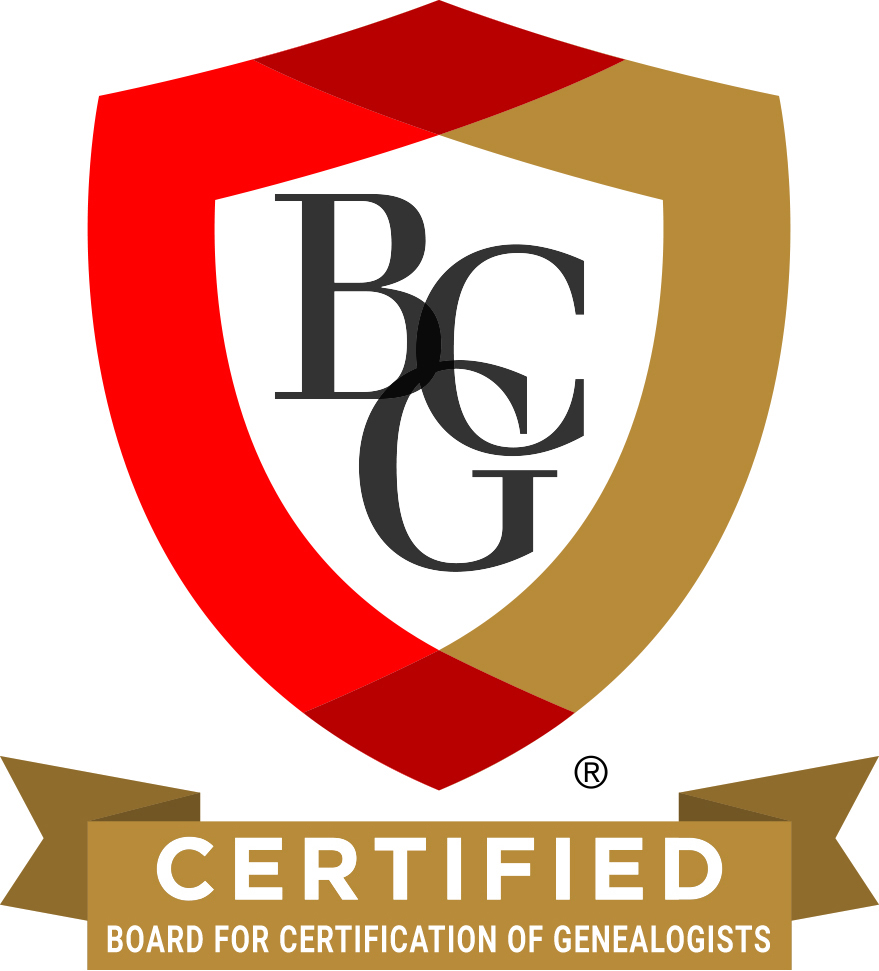
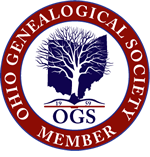

I don't have any information about that event, but what names are you looking for? There may be an account…
As far as I know Gertrude was his only child.
Did Johannes have any children besides Gertrude?
I got a photo of van wert men mustered to leave for ww1 aug 5 1917. Wondering if you have…
Unusual names for sure. I wish I knew why he picked those names. Liking geography is a good possibility. Thanks…